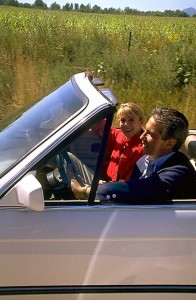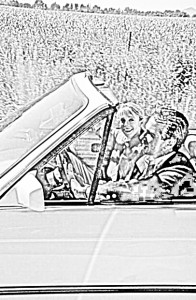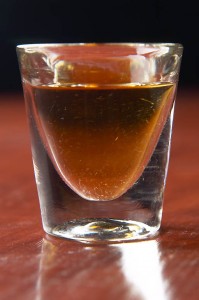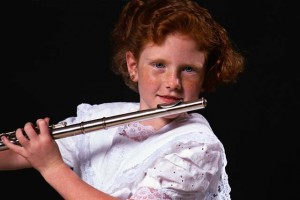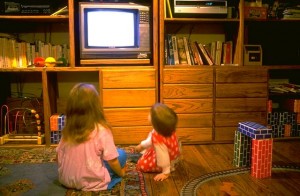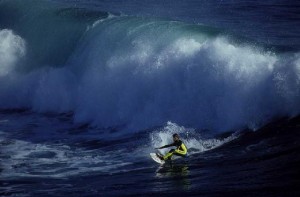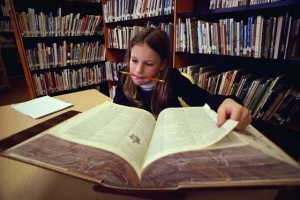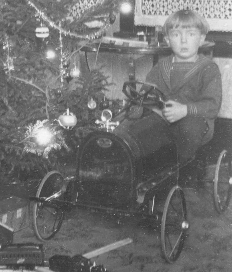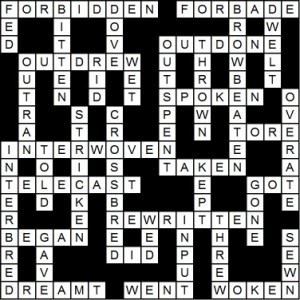We’re going to look at some set phrases. Some of these phrases need the definite article “the,” and others do not use “the.”
The following phrases do NOT use the definite article “the”:
(go) to work, (be) at work, start work, finish work:
Father went to work early because he had so much to do. (not to the work)
What time do you finish work? (not finish the work)
(go) to school, (be) at school, (be) in school, start school, finish school, etc.:
John is having trouble at school. (not at the school)
What did you learn in school today? (not in the school)
The twins enjoy school. (not the school)
(go) to college, (be) in college:
Marcus is planning to go to college after he graduates from high school. (not to the college)
Shirley studied biology in college. (not in the college)
(go) to prison/jail, (be) in prison/jail:
The judge sentenced the thief to five years in prison. (not in the prison)
Tom was arrested for driving under the influence, and had to spend the night in jail. (not in the jail)
(go) to church, (be) in/at church:
Charles hasn’t gone to church in ages. (not gone to the church)
(go) to bed, (be) in bed:
“Are the children all in bed? For it’s now eight o’clock.” (not in the bed)
Mother wasn’t feeling well, so she went to bed early. (not went to the bed)
(go) home, (be) (at) home, etc.:
It’s late. Let’s go home. (not go to the home)
Janice likes to spend quiet evenings at home. (not at the home)
The following phrases DO use the definite article “the”:
(go to) the bank / the post office / the hospital / the station / the airport:
I have to go to the bank and make a deposit.
James went to the post office and bought a roll of stamps.
Uncle Mark had appendicitis, and had to go to the hospital.
Father’s coming home from his business trip, so Mother went to the station to pick him up.
We went to the airport early, and wound up waiting three hours for our flight.
(go to) the theater / the movies:
Jack and Jill go to the movies every Friday for date night.
(go to) the doctor, the dentist:
I have a horrible stomach ache. Do you suppose I should go to the doctor?
Mary broke her tooth eating some nuts, and had to go to the dentist.
Exercise. Look at the pictures and complete the following sentences. Use “the” if necessary.
Example:
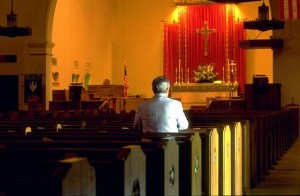
He’s in ______. ==> He’s in church.
 1. She’s in ______. |
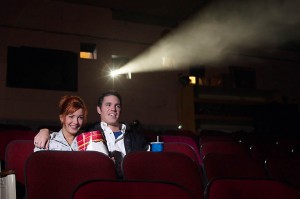 2. They’re at ______. |
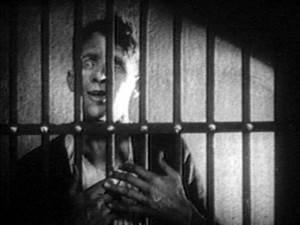 3. He’s in ______. |
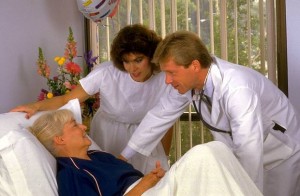 4. She’s in ______. |
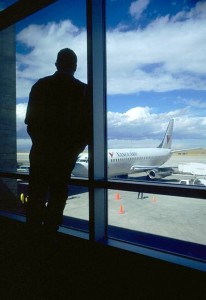 5. He’s at ______. |
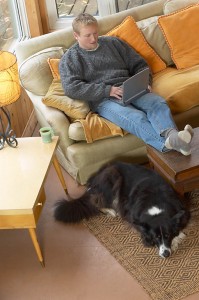 6. He’s at ______. |
Exercise. Choose words from the list to complete the following sentences. Use “the” if necessary.
Example:
Harry is studying chemistry in ______. (college) ==> Harry is studying chemistry in college.
| bank |
bed |
dentist |
doctor |
home |
| movies |
post office |
prison |
school |
work |
1. Before we went on vacation, Father went to ______ to pick up some traveler’s checks.
2. Greg has to go to ______ for a sports physical.
3. We’re going to have a company picnic at ______ this summer.
4. Instead of a big birthday party, Joan wanted to go to ______ with a few good friends.
5. Aren’t you going ______? It’s nearly midnight.
6. Jack has the flu, so Mother told him to stay in ______ and rest.
7. You’ll have to go to ______ to mail that package.
8. Martha had to go to ______ to pick up Jeremy. The school nurse said he’s come down with the chicken pox.
9. The punishment for that crime is five years in ______.
10. It’s about time you went to ______ and had him take a look at that toothache.
Exercise. Complete the sentences, using the verb “go.” Use “the” if necessary.
Example:
If you want to study medicine, you ______. ==> If you want to study medicine, you go to college.
1. If you don’t want to stay at a party, you ______.
2. If you have appendicitis, you ______.
3. If you need to take a flight, you ______.
4. If you are sick, you ______.
5. If you need to catch a train, you ______.
6. If you want to see a film, you ______.
7. If you want to worship, you ______.
8. If you have a toothache, you ______.
9. If you want to see a play, you ______.
10. If you commit a crime, you ______.
11. If you have a job, you ______.
12. If you are tired, you ______.
13. If you are a child, you ______.
14. If you want to get an advanced degree, you ______.
15. If you want to mail a letter, you ______.
16. If you need some cash, you ______.
Exercise. For the following sentences, write “the” where necessary. If the sentence needs no correction, write “OK.”
Example:
John went to movies on Saturday. ==> John went to the movies on Saturday.
Father served Mother with breakfast in bed. ==> OK.
1. Jack and Jill were married in church.
2. Grandmother took Grandfather to doctor for his blood test.
3. The children are putting on a Thanksgiving play at school next week.
4. Helen has to go to dentist for her six-month checkup.
5. Could you take this parcel to post office for me?
6. Which bus goes to airport?
7. I’ll go to station and pick you up when your train comes in. Just give me a call.
8. Are you still in bed? It’s nearly 10 a.m.
9. I think I hear your mother calling you. You’d better go home now.
10. Uncle Steve broke his arm and had to go to hospital.
11. Do you want to go out for a drink when you finish work?
12. We went to theater for the opening of Julius’ new play.
13. I didn’t know that Uncle Clyde spent time in prison.
14. We go to bank every payday and get some cash.
15. I don’t go to movies much anymore.
16. George studied hard in college.
Google

